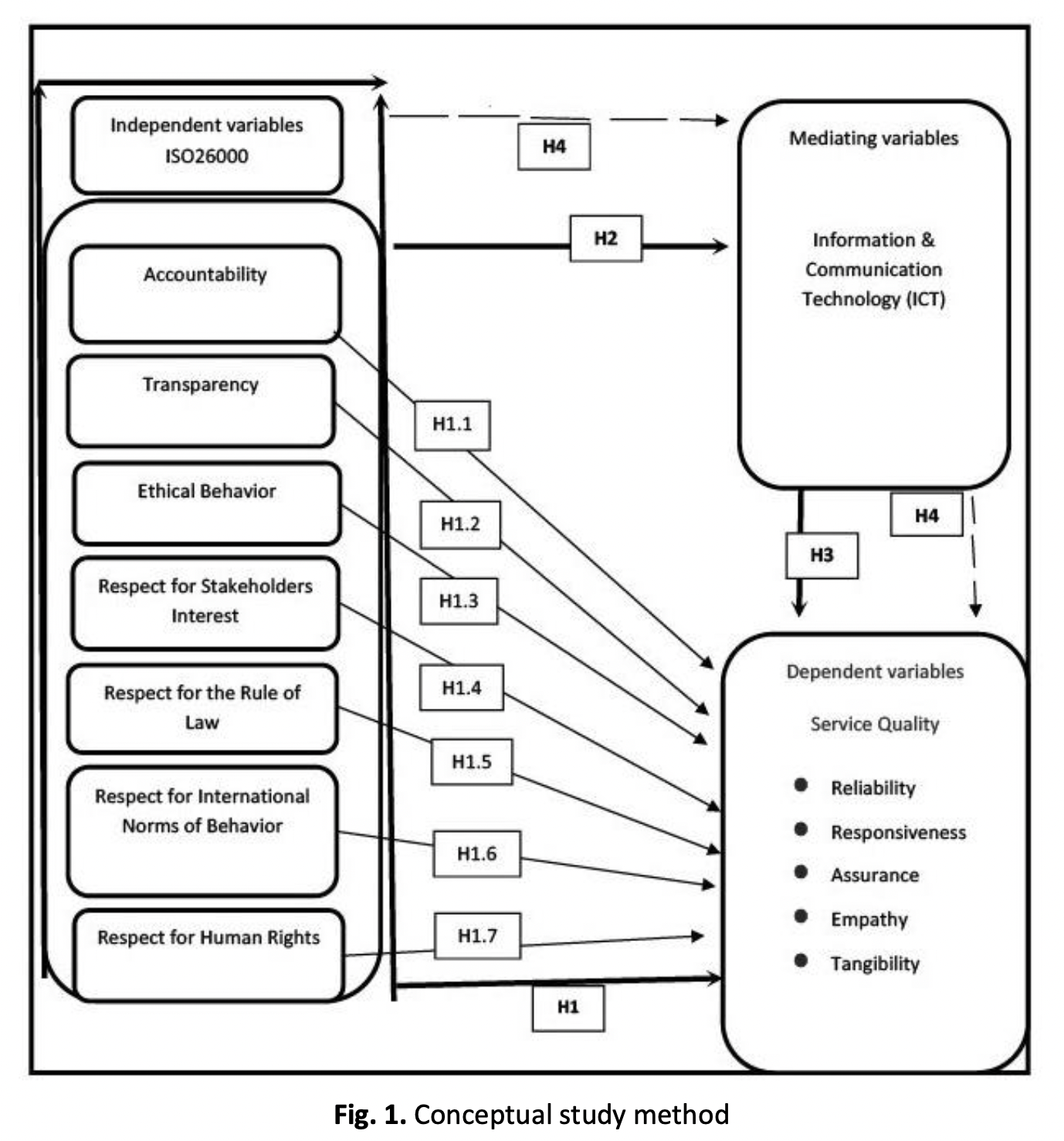Impact of Implementing ISO 26000 on the Service Quality: The Mediating Role of Information and Communication Technology (ICT)
DOI:
https://doi.org/10.37934/araset.32.1.155168Keywords:
ISO 26000, service quality, CSR, Information and Communication Technology (ICT)Abstract
The purpose of the study is to test the impact of implementing ISO 26000 on service quality and examine of the mediating role of information and communication technology (ICT) of the humanitarian organization; the International Rescue Committee (IRC). This study has two types of objectives; theoretical and practical objectives that aim to clarify and explain: the principles of ISO 26000, the service quality dimensions, and the ICT role as a mediating factor between ISO 26000 and service quality. This study also aims to identify the clauses and standards that the IRC is committed to and to what extent this commitment impacts the service quality in the presence of ICT. Lack of clarity at the level of compliance with the social responsibility standards (ISO 26000) of the provision of services by the IRC, and lack of clarity of the framework used by the IRC in the governance and management of ICT to provide these services were the main reasons to conduct this study. Two questionnaires have been used to collect the data. The first one was filled by the beneficiaries of IRC and the second one was filled by the IRC seniors. The findings show a statistically significant impact of implementing ISO 26000 on service quality. There is also a significant positive relationship between ISO 26000 and ICT. Finally, findings revealed a significant indirect impact for ISO 26000 of which ICT played a mediating role on the service quality. This study strongly recommends decision makers at IRC to pay more attention to implementing ISO 26000, and to examine the role of ICT which improves the service quality.
Downloads


























